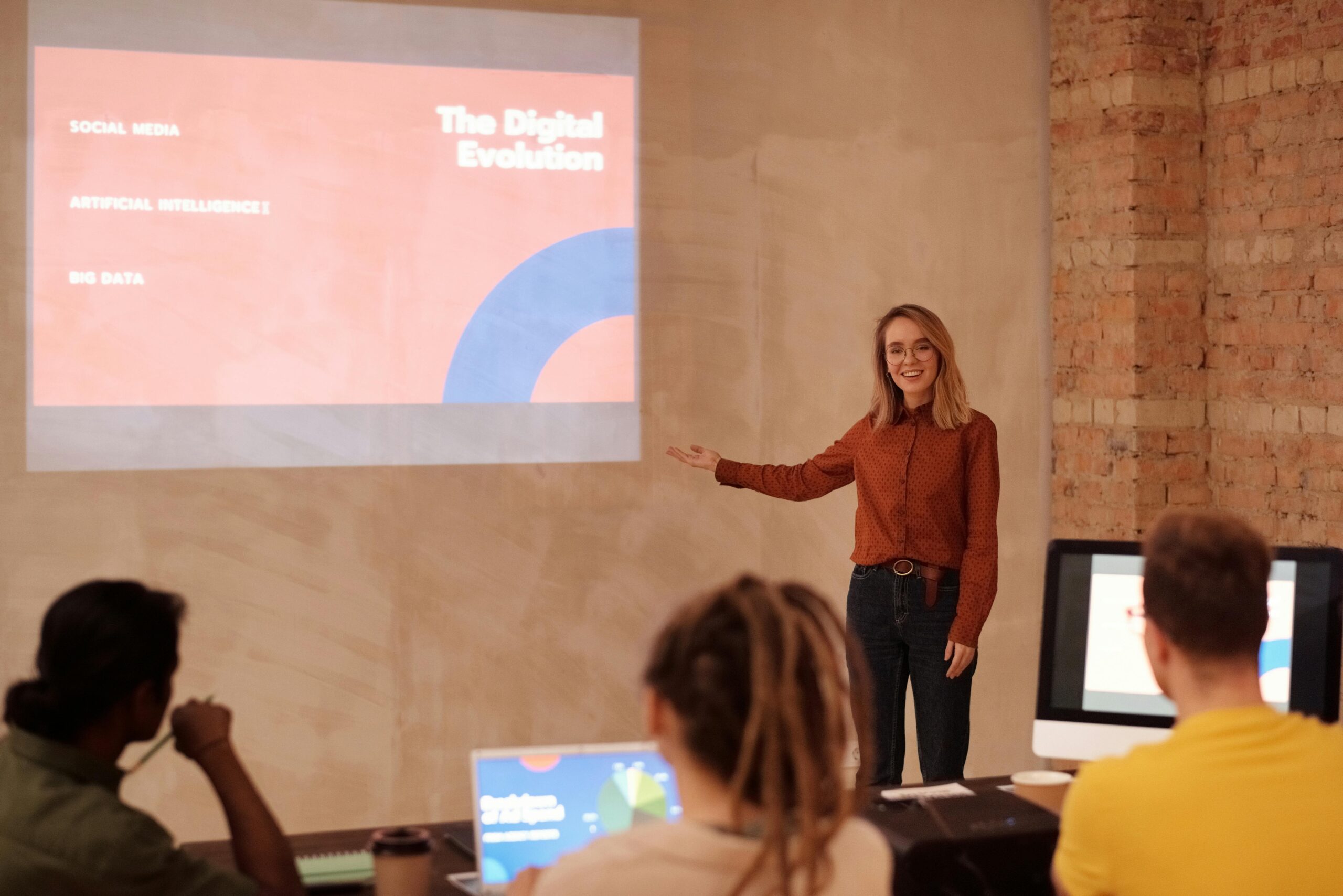Modern love is being redefined by artificial intelligence and machine learning algorithms that promise to decode human compatibility, transforming how millions find meaningful connections worldwide.
🧬 The Science Behind Algorithmic Matchmaking
Dating has evolved from chance encounters to calculated compatibility predictions. Today’s relationship algorithms analyze thousands of data points—from personality traits and communication styles to lifestyle preferences and value systems—creating mathematical models that attempt to predict romantic success. These sophisticated systems represent a fundamental shift in how we approach finding love, moving beyond superficial attributes to deeper psychological and behavioral compatibility metrics.
The foundation of algorithmic relationship models lies in decades of psychological research combined with big data analytics. Companies employ teams of data scientists, psychologists, and relationship experts who collaborate to build predictive models based on successful long-term relationships. These algorithms continuously learn and adapt, refining their matching capabilities as they process more data from millions of users worldwide.
Machine learning models identify patterns invisible to human perception. They can detect subtle compatibility indicators that might take months of traditional dating to uncover. By analyzing communication patterns, response times, photo selections, and profile engagement, these systems create comprehensive personality profiles that go far beyond what users explicitly share.
💡 How Modern Dating Platforms Use Algorithmic Intelligence
Contemporary dating applications employ various algorithmic approaches to facilitate connections. Some platforms use collaborative filtering, recommending potential matches based on preferences of users with similar profiles. Others implement content-based filtering, matching people based on specific attributes and stated preferences. The most advanced systems combine multiple methodologies to create hybrid models that leverage the strengths of different approaches.
Behavioral analysis has become increasingly sophisticated. Algorithms track which profiles users view longest, which messages receive responses, and which conversations lead to actual meetings. This behavioral data often reveals more accurate preferences than self-reported information, as people’s actions frequently differ from their stated desires.
Real-time adaptation is another revolutionary feature. Modern algorithms adjust recommendations based on immediate feedback. If a user consistently dismisses certain profile types, the system quickly recalibrates. Conversely, engagement with specific characteristics signals preference, prompting the algorithm to prioritize similar matches.
The Role of Natural Language Processing
Natural language processing (NLP) has transformed how algorithms understand users. By analyzing conversation patterns, word choices, and communication styles, NLP algorithms assess compatibility beyond surface-level matching. They can identify shared humor styles, intellectual compatibility, and emotional intelligence—factors crucial to relationship success but difficult to capture through traditional questionnaires.
Sentiment analysis within conversations helps algorithms predict relationship potential. Systems can detect mutual interest levels, communication reciprocity, and engagement quality. This technology enables platforms to provide users with insights about their connections, suggesting when to deepen conversations or indicating when interest appears one-sided.
📊 Data Points That Define Digital Compatibility
Modern relationship algorithms process extraordinary amounts of information to assess potential matches. Understanding what data informs these systems illuminates how digital matchmaking functions and why it can be surprisingly effective.
Demographic and lifestyle factors form the foundation: age, location, education, occupation, lifestyle choices, and relationship goals. While seemingly basic, these elements create essential compatibility frameworks, ensuring matches share fundamental life circumstances and aspirations.
Personality assessments provide deeper insight. Many platforms incorporate psychological frameworks like the Big Five personality traits or attachment theory principles. These assessments measure openness, conscientiousness, extraversion, agreeableness, and neuroticism—characteristics that research consistently links to relationship compatibility and satisfaction.
Behavioral data reveals authentic preferences. This includes:
- Profile browsing patterns and engagement duration
- Message response rates and communication frequency
- Photo selection preferences and visual appeal indicators
- Time spent on the platform and usage patterns
- Swipe or like/dislike patterns across various profiles
- Profile completion thoroughness and update frequency
Social graph data, when available, examines network connections, shared interests, mutual friends, and social activity patterns. Platforms that integrate social media data can identify common ground and shared communities that may not be apparent from dating profiles alone.
🎯 Success Metrics: Measuring Algorithmic Effectiveness
Evaluating algorithmic success in relationship contexts presents unique challenges. Unlike e-commerce recommendations where success means purchases, relationship algorithms must predict human compatibility—something far more nuanced and difficult to quantify.
Leading platforms track multiple success indicators. Match acceptance rates show how often users respond positively to suggested profiles. Conversation initiation and continuation rates indicate genuine interest. Meeting conversion rates—when digital connections transition to real-world dates—represent significant milestones. Long-term relationship formation and user retention after finding partners provide ultimate validation.
Some platforms conduct longitudinal studies, following couples who met through their services to understand which algorithmic predictions correlate with relationship longevity and satisfaction. This research feeds back into algorithm refinement, creating continuous improvement cycles.
The Challenges of Quantifying Chemistry
Despite technological sophistication, algorithms face inherent limitations. Chemistry, attraction, and romantic connection involve intangible elements that resist quantification. Timing, serendipity, and contextual factors influence relationship success in ways algorithms cannot fully capture or predict.
Physical attraction remains particularly challenging for algorithms. While preferences can be inferred from user behavior, attraction involves complex biological and psychological factors. Some platforms address this through video profiles and advanced visual recognition technology, but the “spark” that ignites romantic interest often defies data-driven prediction.
🔮 Emerging Technologies Reshaping Digital Romance
The future of algorithmic relationships extends beyond current capabilities. Emerging technologies promise to make digital matchmaking even more sophisticated, personalized, and effective at fostering genuine connections.
Artificial intelligence chatbots are being developed as dating coaches, helping users craft compelling profiles and messages. These AI assistants analyze successful communication patterns and provide personalized suggestions to improve connection rates. Some systems even conduct pre-screening conversations, ensuring both parties share fundamental compatibility before facilitating direct contact.
Voice analysis technology assesses compatibility through vocal characteristics. Research suggests voice pitch, tone, and cadence influence attraction and compatibility perceptions. Algorithms analyzing voice samples can identify potential matches based on acoustic compatibility, adding another dimension to digital matchmaking.
Biometric integration represents the frontier of compatibility assessment. Some researchers explore heart rate variability, cortisol levels, and other physiological markers as compatibility indicators. While currently experimental, such approaches could eventually provide biological validation for algorithmic matches.
Virtual Reality and Immersive Dating Experiences
Virtual reality platforms are creating immersive dating environments where people can interact before meeting physically. These environments provide rich behavioral data—body language, spatial preferences, interaction styles—that algorithms can analyze to assess compatibility. VR dating offers low-pressure ways to explore connections while generating valuable data for algorithmic refinement.
Augmented reality features overlay compatibility information during real-world encounters. Imagine attending social events where your device subtly indicates potential matches based on comprehensive compatibility analysis. Such technology could bridge digital and physical dating worlds, making algorithmic assistance seamlessly integrated into organic social interactions.
⚖️ Ethical Considerations and Privacy Concerns
The power of algorithmic matchmaking raises important ethical questions. Data privacy concerns are paramount, as dating platforms collect incredibly intimate information. Users entrust these services with details about their desires, vulnerabilities, and personal lives—information requiring robust protection and ethical handling.
Algorithmic bias presents serious challenges. If training data reflects societal prejudices, algorithms may perpetuate discrimination based on race, age, body type, or other characteristics. Responsible platforms actively work to identify and eliminate such biases, but the challenge remains ongoing and complex.
Transparency versus proprietary protection creates tension. Users benefit from understanding how algorithms work, yet companies guard these systems as competitive advantages. Finding appropriate balance between user education and business interests remains contentious within the industry.
Manipulation potential concerns critics who worry that powerful algorithms could exploit psychological vulnerabilities or prioritize platform engagement over genuine user wellbeing. Ethical algorithm design must balance business objectives with authentic user interests and relationship success.
💬 The Human Element in Digital Connection
Despite algorithmic sophistication, human agency remains central to successful digital dating. Algorithms facilitate connections, but individuals ultimately decide whom to message, meet, and pursue relationships with. The most effective approach combines algorithmic efficiency with human intuition and judgment.
Successful digital daters use algorithms as tools rather than definitive answers. They remain open to unexpected matches while maintaining clear boundaries and authentic self-presentation. They recognize that algorithms provide possibilities but cannot guarantee compatibility or predict the mysterious elements of romantic attraction.
Communication quality matters more than match percentages. Two highly compatible individuals on paper may lack conversational chemistry, while lower-percentage matches might discover unexpected connection through engaging dialogue. Algorithms open doors; human interaction determines what happens next.
Building Authentic Connections in Algorithm-Driven Spaces
Authenticity remains the foundation of meaningful relationships, digital or otherwise. Users benefit from honest self-presentation, clear communication about intentions and expectations, and genuine curiosity about potential partners. Algorithms can identify compatible people, but building actual relationships requires vulnerability, effort, and authentic engagement.
The most successful relationships formed through algorithmic platforms often involve users who balanced data-driven matching with intuitive decision-making. They allowed algorithms to introduce them to compatible individuals they might not have encountered otherwise, then relied on traditional relationship-building skills to develop those connections.
🚀 The Future Landscape of Algorithmic Relationships
Algorithmic relationship models will continue evolving, incorporating advances in artificial intelligence, behavioral psychology, and data science. Future systems may predict compatibility with unprecedented accuracy, identifying ideal partners based on comprehensive analysis that considers personality, values, life goals, communication styles, and countless other factors.
Integration across life domains will likely increase. Dating algorithms may connect with career platforms, lifestyle apps, and social networks to create holistic compatibility pictures. Such integration promises more accurate matching while raising important privacy and consent questions requiring careful consideration.
Personalization will reach new levels. Rather than one-size-fits-all approaches, algorithms will adapt to individual preferences, learning styles, and relationship goals. Some users may prefer quantity of matches; others, carefully curated quality suggestions. Advanced systems will accommodate these diverse preferences while maintaining effectiveness.
The democratization of relationship technology may make sophisticated matchmaking accessible beyond traditional dating contexts. Friendship formation, professional networking, and community building could all benefit from algorithmic approaches currently transforming romantic connections.

🌟 Embracing Technology While Honoring Human Connection
Algorithmic relationship models represent powerful tools for navigating modern dating complexity. They efficiently process vast amounts of information, identify compatible individuals across geographic and social boundaries, and facilitate connections that might never occur through traditional means. For millions worldwide, these technologies have genuinely revolutionized how people find love, companionship, and meaningful relationships.
Yet technology serves human needs rather than replacing human experiences. The most meaningful relationships—whether formed algorithmically or organically—require the timeless elements of authentic connection: vulnerability, communication, empathy, shared experiences, and mutual growth. Algorithms can introduce compatible people, but building lasting love remains profoundly human work.
As these technologies continue evolving, maintaining balance between algorithmic efficiency and human authenticity becomes increasingly important. The future of dating likely involves sophisticated algorithms working alongside human intuition, creating synergies where technology enhances rather than replaces the beautiful, messy, unpredictable process of falling in love.
The revolution in algorithmic relationships isn’t about replacing human connection with cold calculations. Instead, it’s about leveraging technology to overcome the practical barriers separating compatible people, creating opportunities for meaningful connections in an increasingly complex world. By embracing these tools thoughtfully while honoring the irreplaceable human elements of romance, we can unlock new possibilities for love, connection, and lasting partnership in the digital age. 💕
Toni Santos is a digital culture researcher and emotional technology writer exploring how artificial intelligence, empathy, and design shape the future of human connection. Through his studies on emotional computing, digital wellbeing, and affective design, Toni examines how machines can become mirrors that reflect — and refine — our emotional intelligence. Passionate about ethical technology and the psychology of connection, Toni focuses on how mindful design can nurture presence, compassion, and balance in the digital age. His work highlights how emotional awareness can coexist with innovation, guiding a future where human sensitivity defines progress. Blending cognitive science, human–computer interaction, and contemplative psychology, Toni writes about the emotional layers of digital life — helping readers understand how technology can feel, listen, and heal. His work is a tribute to: The emotional dimension of technological design The balance between innovation and human sensitivity The vision of AI as a partner in empathy and wellbeing Whether you are a designer, technologist, or conscious creator, Toni Santos invites you to explore the new frontier of emotional intelligence — where technology learns to care.




